The VIY5-070 Ground Penetrating Radar (GPR) is used for location and analysis of underground objects using electromagnetic pulse radiation, up to 30 meters depth.
The VIY5-070 GPR is suitable for searching of both metal and dielectric objects.
Basic applications:
Features:
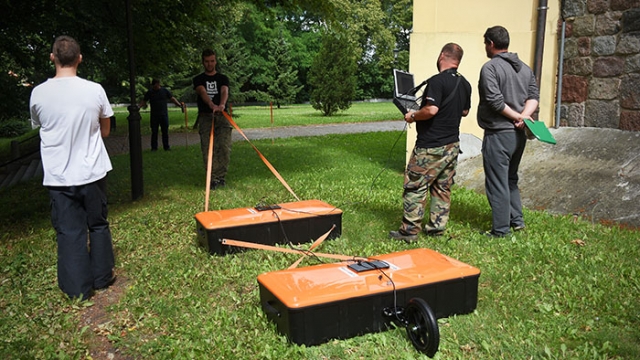
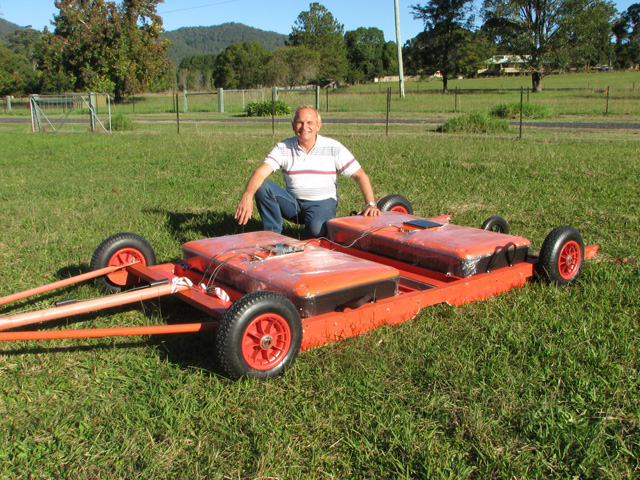
The VIY5-070 GPR set includes:
Antenna units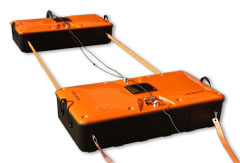
Antenna units are placed in durable fiberglass housings. Antenna units have sockets to connect: Data cable, Synchro cable, measuring wheel and/or GPS receiver.
VO-36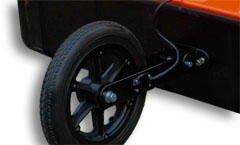 Measuring Wheel
Measuring Wheel
Measuring wheel (odometer) VO-36 was designed to determine passed distance during GPR profile acquisition. Odometer can be mounted to the antenna unit and is connected to antenna by special connector.
Battery Charger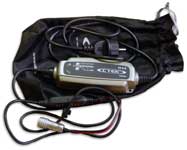
Reliable, sealed charger for charging built-in batteries.
Data Cable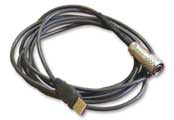
The cable that connects antenna unit to USB port of your computer.
Synchro Cable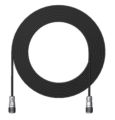
The cable that connects transmitter and receiver antenna units of VIY5-070 GPR
Transport Belt
User's Manual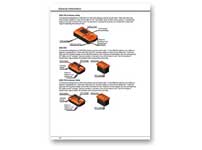
Backpack 
Durable and comfortable backpack for transportation of all accessories for GPR. It has many compartments, including protected compartment for laptop.
Portable shelf for laptop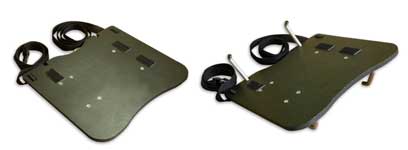
Foldable shelf was designed to be attached to the backpack and to let the operator carry out comfortable work with a laptop
The VIY5-070 GPR is supplied with different options.
Order information:
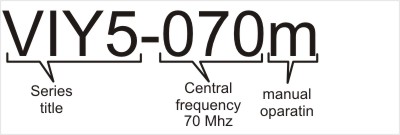
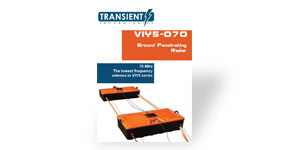
Download the product brochure with product specifications, features and main applications
more details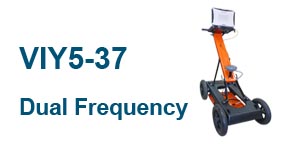
VIY5-37 Ground Penetrating Radar (GPR) has Dual Frequency antenna with central frequencies of 300 MHz and 700 MHz. This GPR combines the best features from both antennas: big depth penetrating and high resolution. VIY5-37 GPR allows a user to reach depth of up to 8 meters in certain conditions.
more details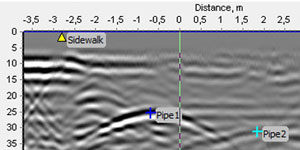
The VIY3 software allows all settings the Ground Penetrating Radars, to manage the process of measurement, load into a computer store, process and print the measured data. The same can import data from the VIY2 series GPR.
more details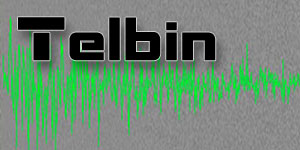
Telbin technology significantly increases signal-to-noise ratio (SNR) and, therefore, improves depth of sounding. The rate of sounding remains high.
more details